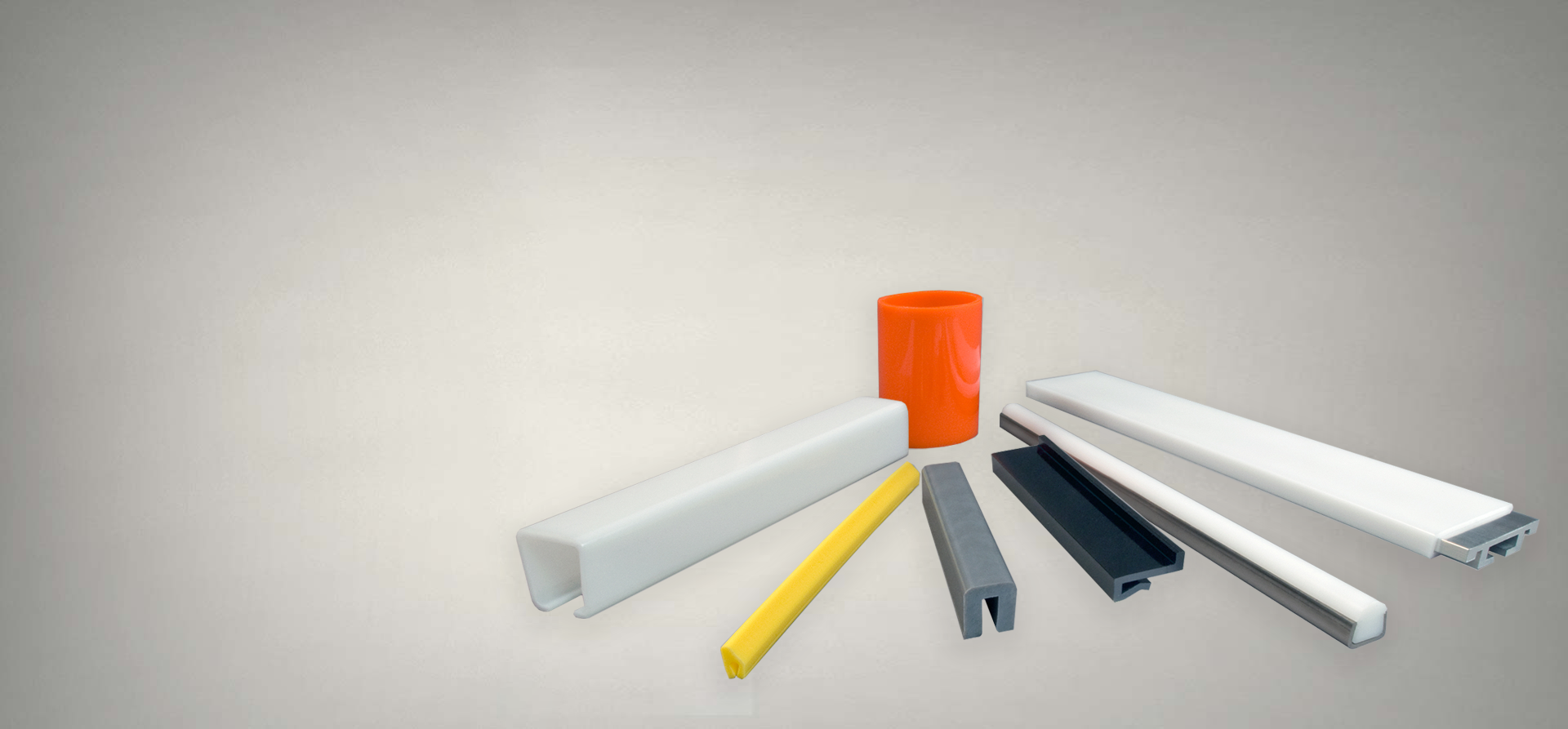Also commonly referred to as Ultra High Molecular Weight Polyethylene, UHMW materials bring with them a wide range of different benefits that cannot be ignored. They’re notable for not only their strength but also their durability, making them the perfect alternative to traditional metal for even the most demanding applications. They have high impact resistance, can withstand an almost constant level of friction and more – resulting in a perfect storm in the best possible way.
Because of the versatility of UHMW materials, they’re also used in a plethora of different applications – some of which may be surprising to people who are only discovering the material recently.
UHMW Applications: Where Flexibility Meets Ingenuity
One of the most common uses of UHMW materials takes the form of both seals and bearings for both dry and moist environments. UHMW is regularly employed as a guide for ski gondolas, for example. If you’ve ever ridden a gondola at a ski resort, if you look up to the arm that is connected to the cable, you’ll likely see UHMW-based skid plates that guide the gondola from one end of the line to the other. This is beneficial because those guides are under an almost constant level of stress – both from regular transportation and from the weight of the riders – and UHMW is a great way to reduce wear (and thus maintenance) as much as possible.
But by far, one of the most utilized applications for UHMW materials takes the form of UHMW extrusions. Keep in mind that as opposed to a lot of other thermoplastics, this is a material that can’t be injection molded. Having said that, parts made with UHMW can be extruded – which is a process where the raw material itself is melted using intense heat, at which point it is used to make a continuous profile for whatever part you’re trying to create.
The benefit here is that UHMW extrusions have almost no ram lines – leading to a high quality finished product each and every time. That smooth, silky finish is part of what gives UHMW their unique look and appeal. Not only that, but the process itself produces A) less waste, and B) requires far less labor than competing techniques. Organizations only use the materials they need, meaning that they’re not being forced to pay for resources they’re not actively utilizing.
There are additional advantages to this process, too. UHMW extrusions can be used to create parts in intricate shapes that aren’t necessarily easy to machine. Not only is it a continuous process, but it’s also a malleable one – the lengths of the parts that you’re able to create are practically without limit. When you also consider the fact that eliminating waste from the manufacturing process means that less excess plastic is left around to harm our fragile environment, you may very well be looking at the most important benefit of all.
All told, it’s no secret that UHMW is versatile – but as the examples outlined above show, it may be more flexible than a lot of people even suspected.
If you’d like to find out more information about the various uses of UHMW materials, or if you just have any additional questions you’d like to discuss with someone in a bit more detail, please don’t delay – contact Spiratex today.
